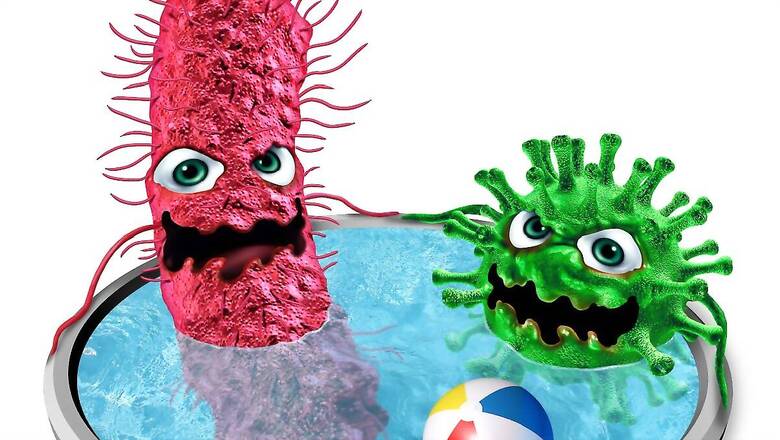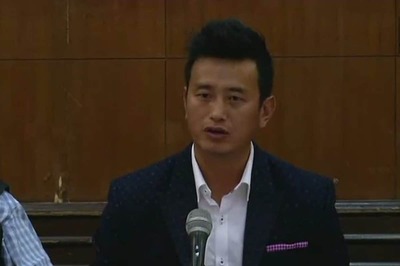
views
Water, essential for life, also harbors significant health risks through water-borne diseases—caused by microorganisms or parasites in contaminated sources. Monsoons play a critical role in spreading these diseases by transporting pathogens from their origins to new areas. Urban runoff during heavy rains carries pollutants from cities, farms, and sewage, further contaminating freshwater sources. These diseases spread through consuming or contacting polluted water from lakes, tanks, taps, and wells, often contaminated by bacteria and viruses from fecal matter.
Dr Rohini Nagarkar, Senior Consultant Pediatrics, Surya Mother and Child Super Speciality Hospital, Pune, says, “During the monsoon season, waterlogging fosters another menace called vector-borne diseases- like malaria, dengue, chikungunya, and zika. Contaminated water sources increase vulnerability to these diseases, impacting millions annually, with children particularly at risk due to weaker immune systems. India alone sees approximately 37.7 million cases of water-borne diseases each year, with an estimated 1.5 million children dying from diarrhea caused by contaminated water.”
Dr Nagarkar shares symptoms of water-borne diseases in children
Common water-borne diseases like cholera, diarrhea, and typhoid present various symptoms in children. Diarrhea, often caused by consuming contaminated food or water, includes symptoms like frequent loose stools, abdominal cramps, dehydration, and fever. Cholera, an acute diarrheal disease caused by Vibrio cholerae, leads to severe dehydration and watery diarrhea. Typhoid, another serious illness, manifests as prolonged fever, weakness, stomach pain, and headache.
Vector-borne diseases also increase during monsoon due to water collection in coolers, buckets, and other containers. Malaria, transmitted through the bite of infected Anopheles mosquitoes, causes symptoms like fever, chills, headache, and body aches. Dengue fever, spread by Aedes mosquitoes, presents with sudden fever, severe headache, pain behind the eyes, joint and muscle pain, and rash.
Dr Nagarkar shares Preventive Measures
Preventing water-borne diseases in children involves ensuring access to safe water, improving sanitation, and promoting hygiene practices. Boiling water for at least 10-15 minutes kills most bacteria. Encourage frequent handwashing in children, especially before eating and after using the toilet. Monitor for symptoms like fever, headache, and diarrhea, and seek medical advice promptly.
Prevent children from walking in flooded areas or playgrounds to reduce exposure to contaminated water. Keep surroundings clean and free from stagnant water to prevent mosquito breeding, removing waterlogged areas or containers that can become breeding grounds for disease-carrying insects.
By taking these precautions, we can protect children from the dangers of water-borne diseases during the monsoon season.



















Comments
0 comment